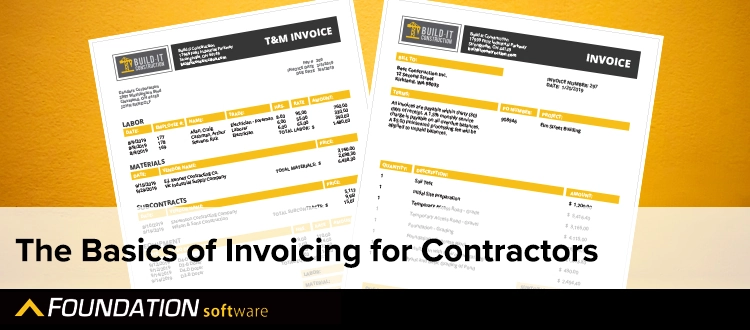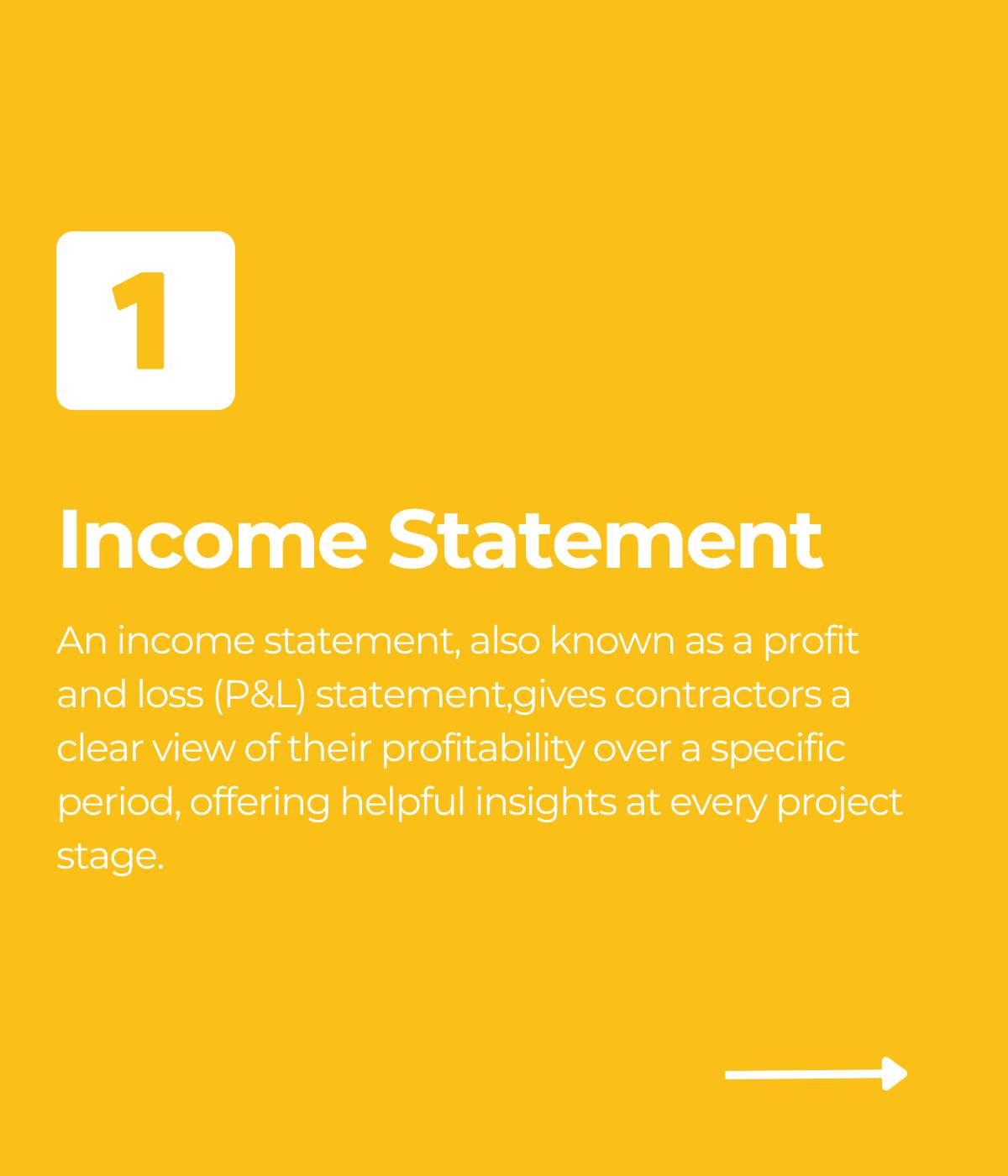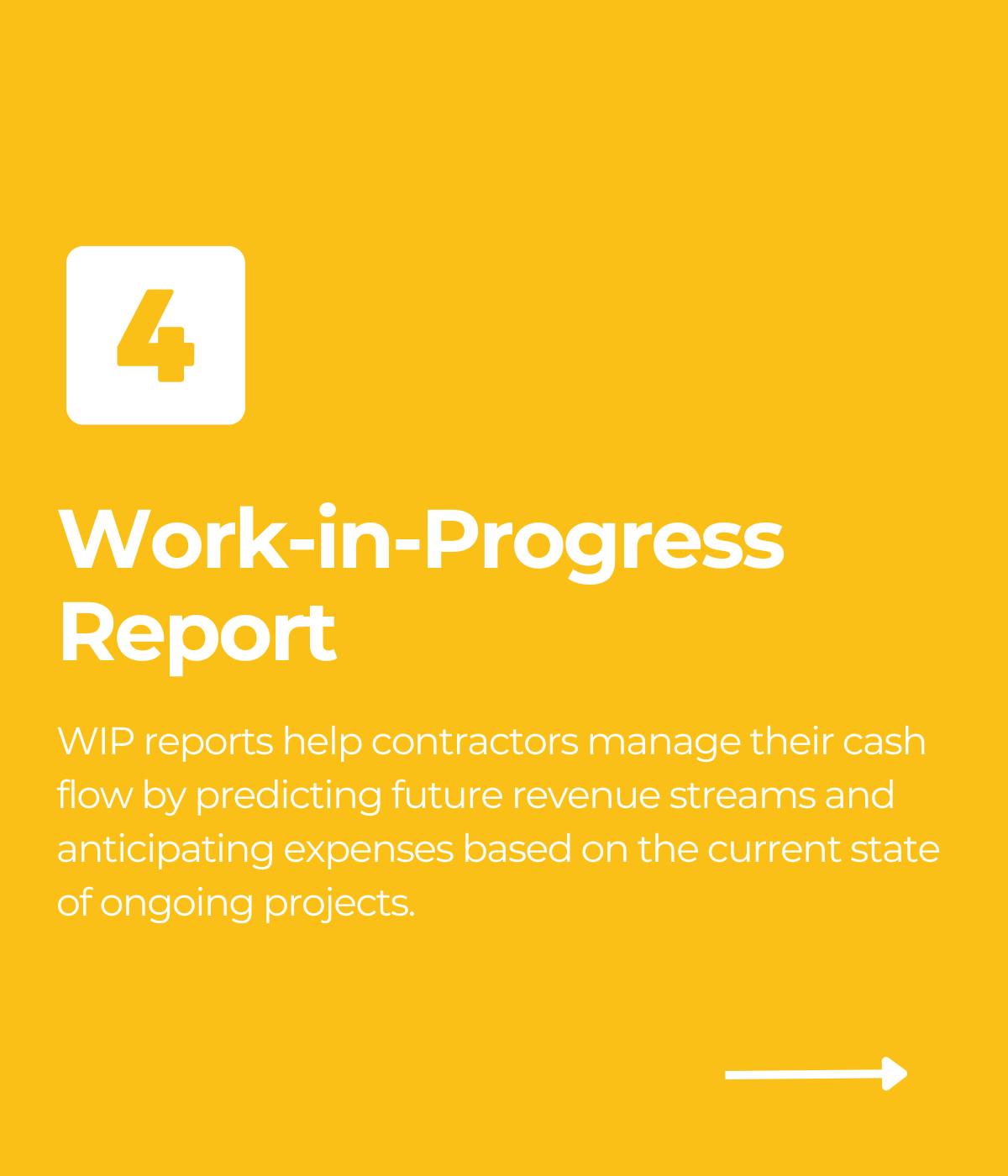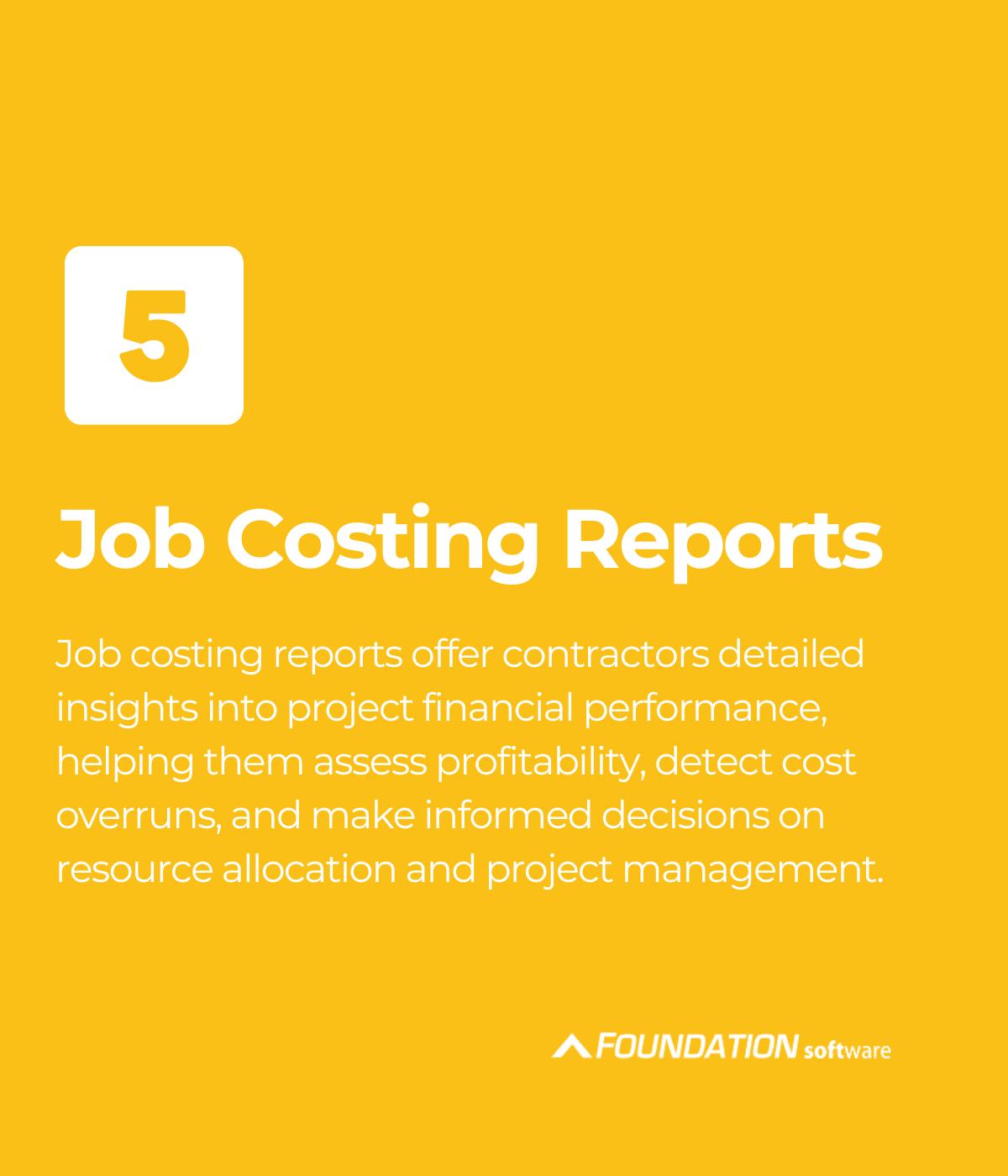
With cash flow being key to contractor success, construction companies cannot afford to sleep on invoicing and billing. For example, in 2020, one study estimated that bad billing practices and wrong project data caused $1.8 trillion in worldwide losses, with 14% of avoidable rework costing $88 billion.
These are avoidable costs with the help of the right technology and software. In order to keep cash coming in, contractors need timely billing going out with invoices that clearly communicate what’s due and when — to minimize disputes and get faster payments.

Construction Invoicing Basics
What Makes a Construction Invoice?
A construction invoice formally requests payment from a customer for a specific amount. As a result, it also includes payment terms, including the due date and any discounts. In this way, an invoice is different from a quote. A quote provides customers with an estimate of what they might owe for work to be performed. An invoice means the contractor is owed for work performed — even if it’s not due for 30 or more days.

A construction invoice will usually consist of:
- The contractor’s company name and contact information
- The customer’s name and contact information
- The date of the invoice
- The due date(s) for the amount(s)
- A clear brief or line-item description of the goods or services
- The quantities (such as units, hours) and prices for goods or services
- The payment terms
With all that said, does an invoice have to be written? Is there such a thing as a “verbal invoice”? While contracts can be made with a handshake, requests for payment should be clearly documented and dated in order to protect a contractor’s right to collect.
Construction Invoice Example
Not sure how to get started making your own professional invoices? Preview a sample construction invoice below.
To customize the template and make it your own, click the link below, and select “File” from the top left menu bar. Then, select “Make copy.”
[ Free printable construction invoice template ]
What Are Construction Invoice Payment Terms?
Construction payment terms typically specify how long the customer has until cash is due. These may also offer discounts to help incentivize earlier payment. That’s something we’ll talk about further below.
Contractors express some of the most common payment terms in a “Net D” format. This shorthand communicates the number of days a customer has until payment is due. As an example, “Net 30” indicates that the full amount (minus any retainage) is due 30 days from the invoice date. Contractors can also show the available discount by adding just a couple of numbers. An invoice with “2.5/10 Net 30” offers 2.5% off the total if paid within 10 days.
Payment terms could also specify how the customer is to pay the amount and what penalties result for late payment. For example, the contractor should specify any required forms of payment, such as certified check. Additionally, a percentage of interest may accumulate on delinquent accounts. However, while late-payment terms may be a helpful reminder on invoices, they should also be agreed to in the contract beforehand.
Better Invoicing for Contractors
Why Timely Invoicing Matters
Depending on the method of accounting you use as a contractor, invoicing has a direct effect on your books. Having issued an invoice, many contractors can now record the invoiced amount on their balance sheet as an account receivable. It might not be cash in your account yet — and you may or may not be able to record it as income — but you can count it on your financial statements as value owned by your company, also called an asset.
For contractors, invoicing also has an indirect effect. As a project racks up costs on progress that go unbilled, the job is said to be “underbilled.” That tends to mean that the contractor is now funding the job out of their own bank account. But it doesn’t necessarily mean, by delaying invoicing, they’ll avoid paying taxes on income. Underbilled jobs often result in an accounting adjustment to offset what otherwise looks like a loss on a job that will end up profitable. So these companies will still pay taxes on artificially inflated income — income they’ve earned but that they’re still a long way from collecting.
But by recording this in your accounting as a receivable, it helps track what you’re owed and when you can collect. Specifically, you can use your accounting software to monitor your accounts receivable and see how much you’re owed at one time. And a standard report called an aging report will help you keep track of when receivable amounts are due for you to collect — so you can stay proactive.
In short, the better your invoicing processes, the sooner you can get paid and the easier it is to make sure you get paid.
Invoicing Tips for Faster Payment
1. Recognize the difference between due and owed.
Long billing and payment cycles are standard in the construction industry. It’s common for amounts to be due no earlier than a month later. But that doesn’t mean you can’t expect that money earlier. After all, you’re invoicing for it because you earned it. So it’s completely reasonable to see if you can collect sooner than later.
It also means that due means due. Net 30 doesn’t mean the customer has 30 days to set aside the invoice until they look at it. It means that at 31 days, it’s delinquent. When that date hits, you should fully expect that cash to be in your account and are right to go after it.
2. Use discounts as incentives.
They say changing behavior sometimes requires a carrot and a stick. Discounts for paying the invoiced amount early are the “carrot.” Of course, it may seem like bad business to willingly give up any percentage of your income. Especially when profit margins in construction are so thin!
But successful contractors who offer discounts in their payment terms have learned that doing so can help make sure that fewer invoices go completely uncollected — which, once given up and marked on the books as “bad debt,” is essentially a 100% discount. Offering a small discount for early payment can also be worth avoiding the expense and lost time going after accounts that are many months late. You’ve heard that a bird in the hand is worth two in the bush. Well, a check in the hand is worth a slightly bigger one “in the mail.”
3. Disincentivize late payment.
Then there’s the “stick.” But if you have to apply pressure once invoices are late, you’re already behind the ball. Instead, contractors might be proactive by writing late-payment penalties into their contracts. These can include a percentage of accumulating interest for overdue amounts. It might also specify your right to recover the costs you incur for collecting overdue amounts.
4. Use tools to track your receivables.
Tracking who owes you what and when using spreadsheets is difficult. Using paper invoices, it’s almost impossible. But when contractors can run aging reports right from their job cost accounting software, they can be confident that it’s always up-to-date with the latest invoices and cash receipts. Aging reports let you view invoice amounts by job and customer that are due:
- in 0-30 days
- in 31-60 days
- in 61-90 days
- in 91+ days
- after the project is complete (“retainage”)
Looking at each of these windows in time can help you both anticipate what’s coming due and where your cash flows might be tied up by uncollected receivables. And having one central place to look will give your construction company a single source of truth. That keeps everyone on the same page about where projects stand and which customers have already been billed.
5. Have proactive processes.
A common fatal flaw for contractor cash flows is when no one’s responsible for being proactive with collections. In reality, there’s often no process in place at all. Project managers might assume that accounting will follow up. Accounting might assume it’s the PM’s responsibility. Meanwhile, the invoice is sitting unpaid on a customer’s desk because no one’s spoken to him in two months.
Each construction company can decide what makes the most sense for their processes, but the best are often the simplest. For example, how many days until customers should receive a 30-second courtesy call? How many days until a client should get a formal email or letter? How long until an additional follow-up? Many times, customers just need a gentle reminder. Once they get a nudge, they’ll have no problem sending over a check — they just need to know someone’s missing it.
Finally, whoever’s job it is to follow up with customers will need to know it’s their job. PMs can have incentives built-in for getting timely collections on their projects and avoiding underbillings. Friendly competition among the operations staff can also help increase collections turnaround. Of course, for some companies, PMs may be overloaded with responsibilities; they’ll need to designate someone else to take ownership. And they should be made aware how valuable it is for the success of the company.


When Contractors Should Invoice
Realistically, construction contractors should try to send their invoices as soon as possible. Of course, it takes time to process. However, a week’s delay on invoicing doesn’t necessarily translate to just a week’s delay in getting paid. The more time passes, the more work piles up and the easier it is for both the contractor and the customer to lose track of what’s owed and whether it was even requested. The surest way to get paid late is to invoice late, and conversely, timely billing is more likely to get timely payment.
Fortunately, more effective invoicing for contractors is always within reach. And that puts one more thing within reach too: the cash you’ve earned.
Share Article
Keep on current news in the construction industry. Subscribe to free eNews!
Our Top 3 YouTube Videos
Learn about our software more in depth with product overviews, demos, and much more!

Our ACA reporting & e-filing services include official 1094-C and 1095-C IRS reporting, optional e-filing (no applying for a TCC code required), mailing to your employees and experienced support to help you.

There are plenty of reasons to make FOUNDATION your choice for job cost accounting and construction management software — just ask our clients!

From job cost accounting software, to construction-specific payroll. Get an overview on your next all-in-one back-office solution.









